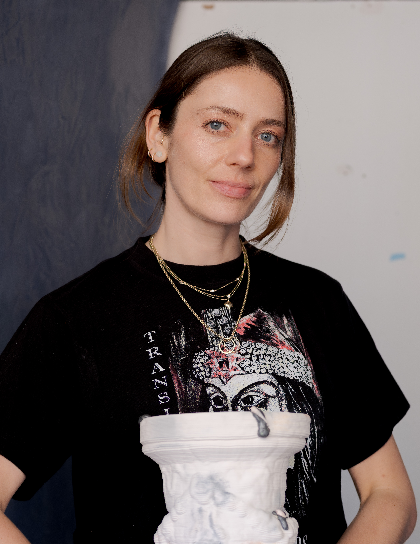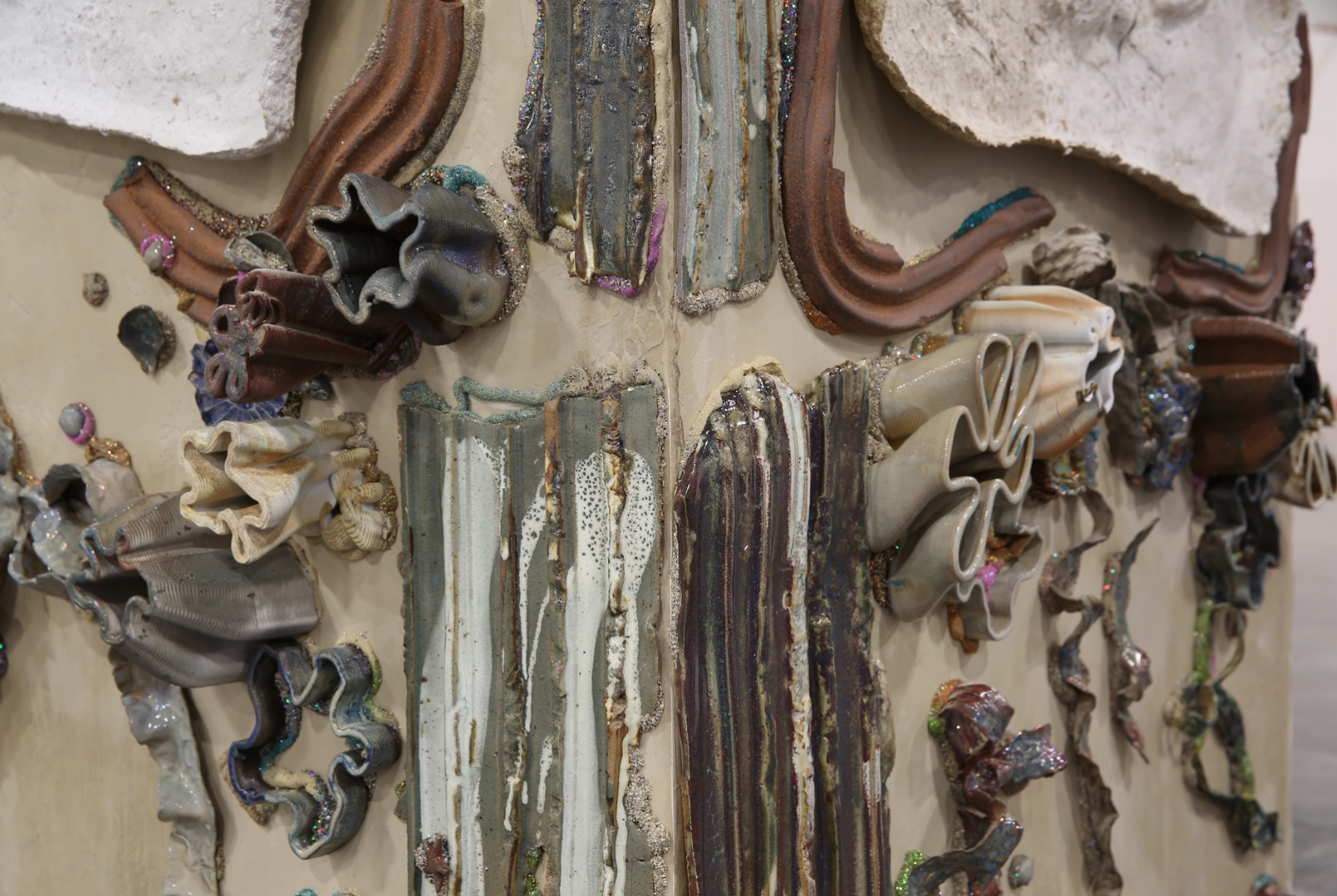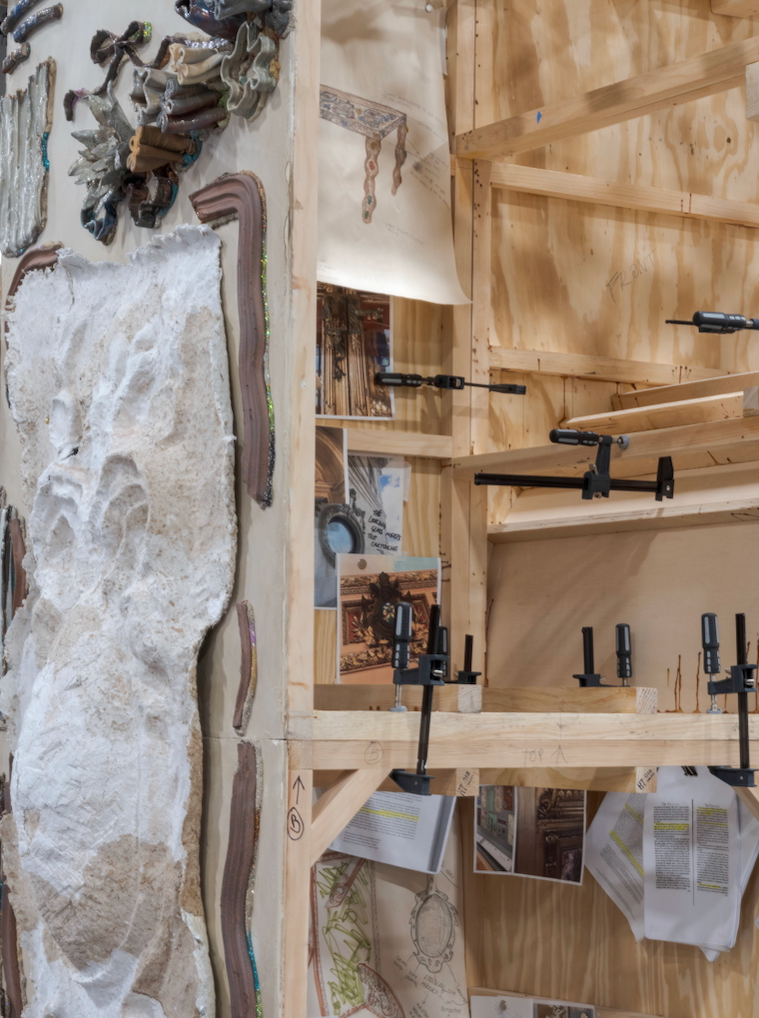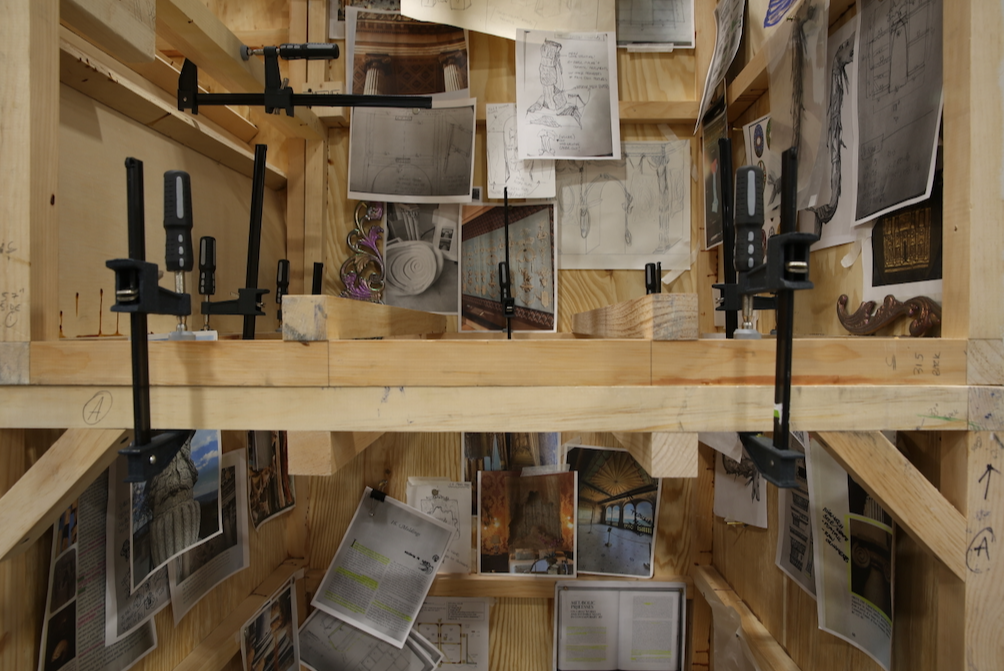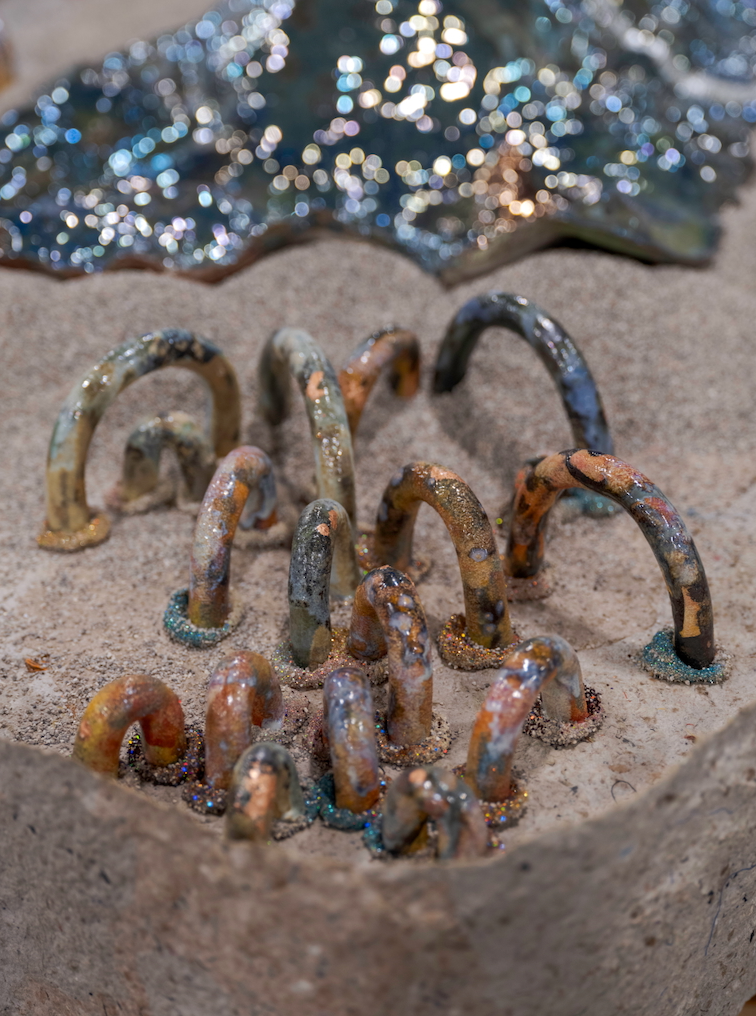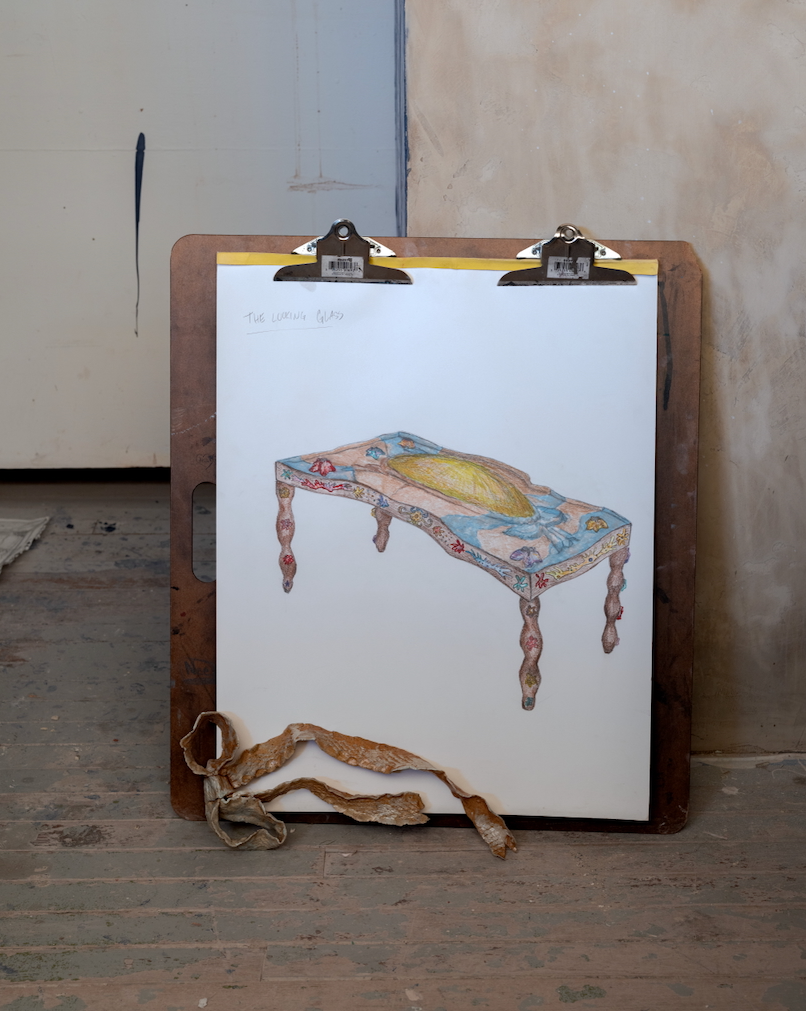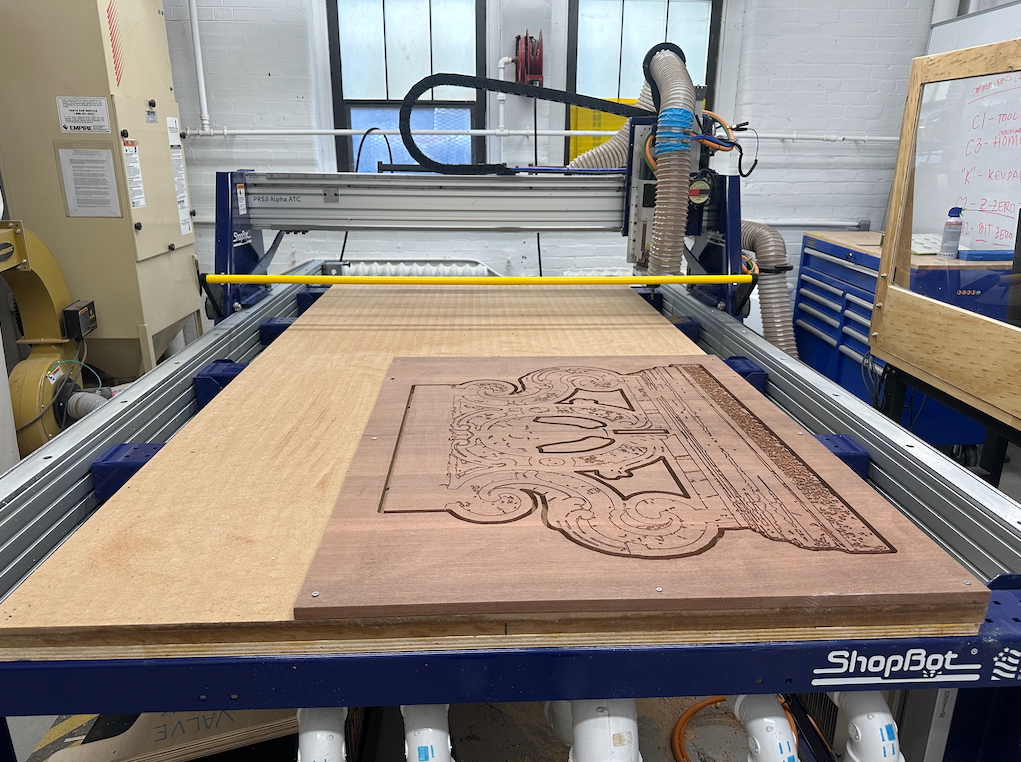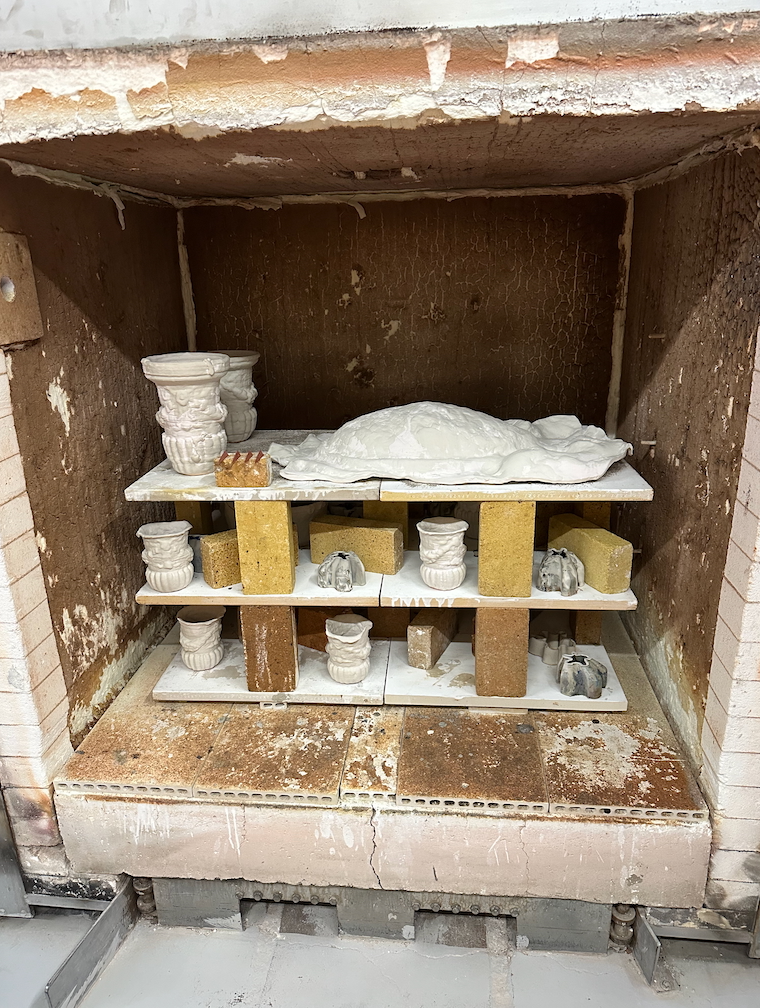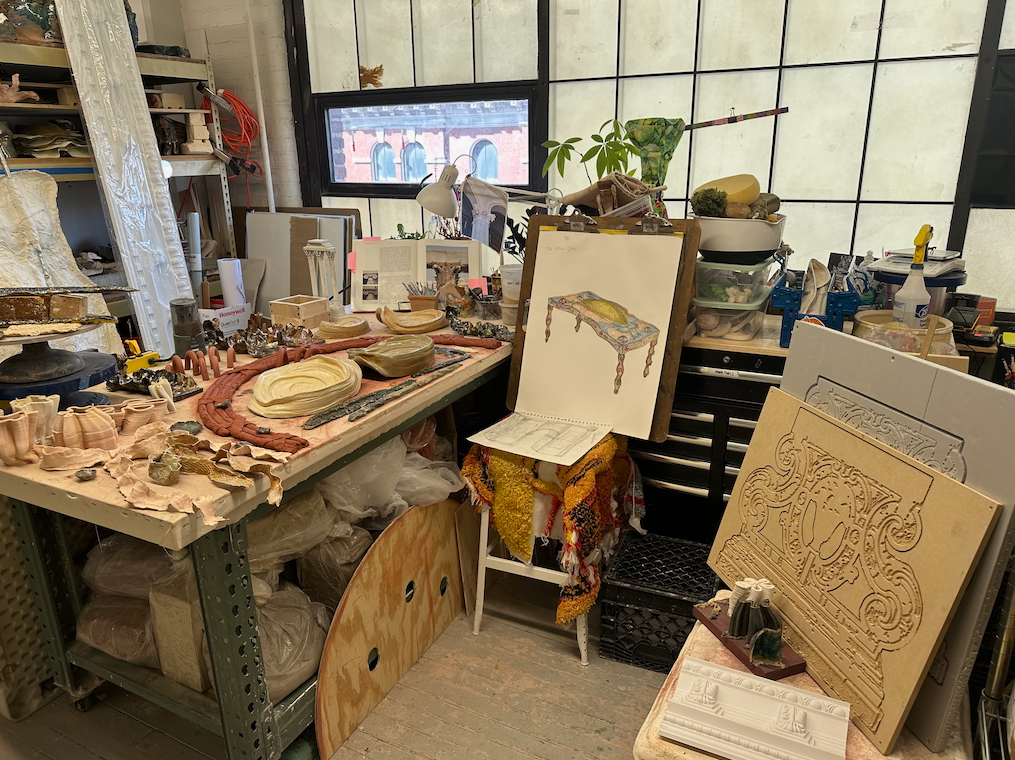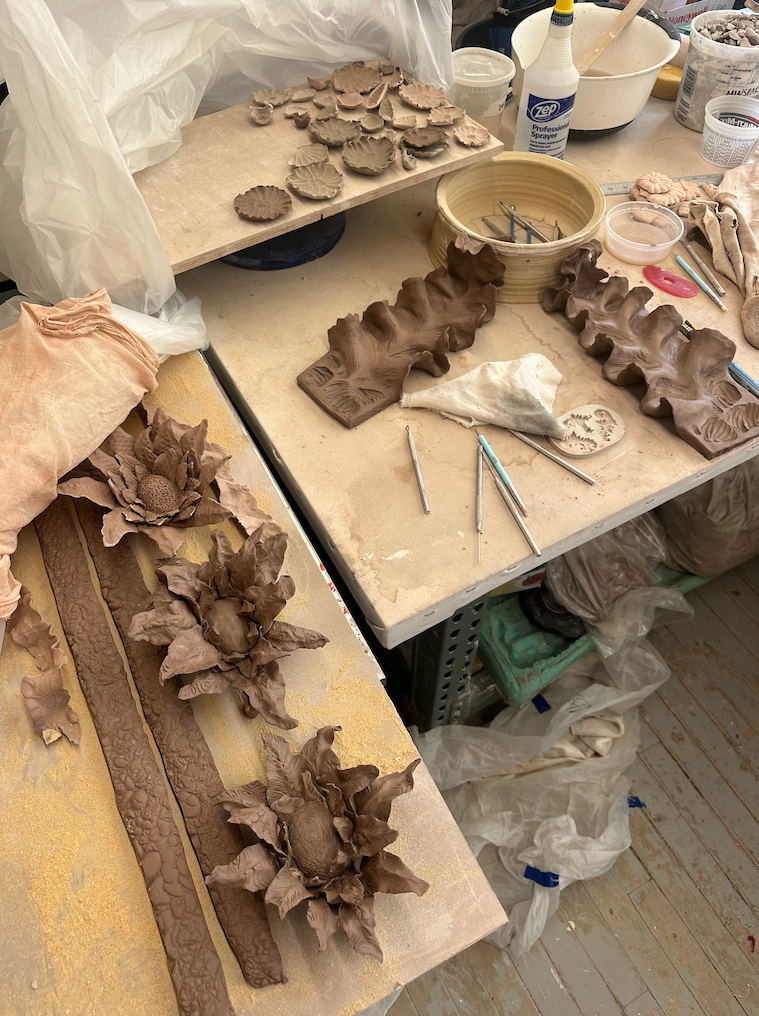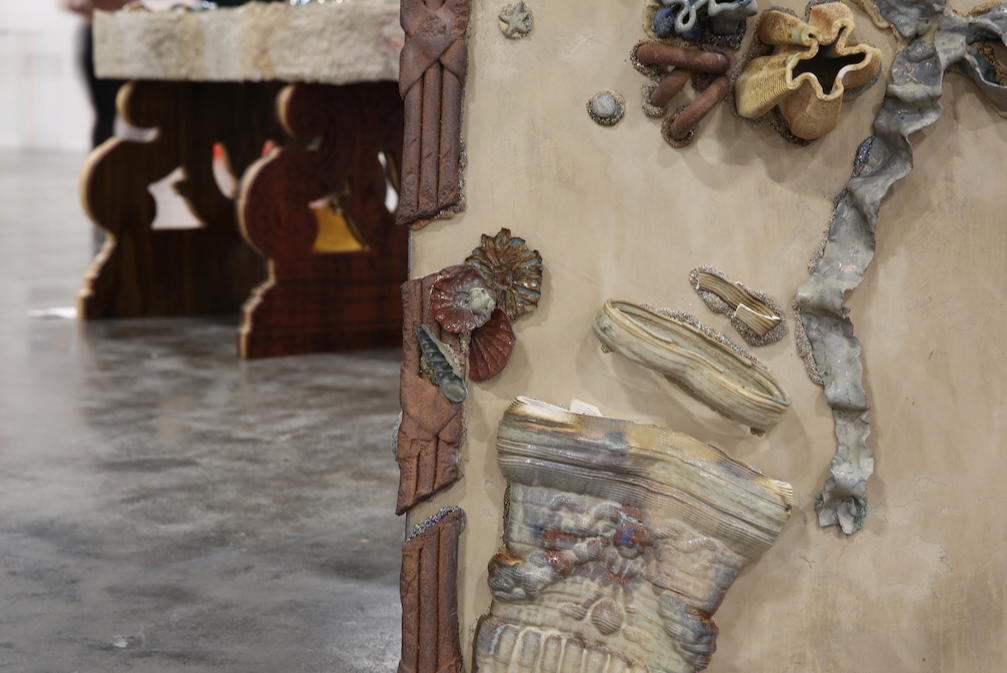About
Ana Popescu (b. 1988) is a Romanian-American, multi-disciplinary artist currently living in Providence, Rhode Island. After receiving her BFA from Pratt Institute, Ana co-founded an immersive underground event company in NYC where, under the moniker A.Pop, she designed and produced site-specific art installations, and curated a roster of local performance artists for each thematic event. She continued to grow her production career from there, leading large-scale, high-profile branded productions across the US for various prominent advertising agencies based in NYC. One positive outcome of the pandemic was the opportunity for Ana to focus more deeply on her fine art practice. She earned the Friends of Arrowmont Scholarship and the Trudy and Henry Gillette Sculpture Scholarship for the 148th Regular Session at the Art Students League of New York in 2022. In 2023, she completed a residency at the Watershed Center for Ceramic Arts, followed by the Anderson Ranch Scholarship in 2024. Ana received her MFA in Ceramics from the Rhode Island School of Design in 2025, where she was awarded the RISD Fellowship, the Windgate Foundation Scholarship, the RISD Graduate Ceramic Award, and the Graduate Ceramic Residency. She has exhibited her work in over two dozen exhibitions across New York City, Bucharest, and Providence, Rhode Island. My practice explores the tensions and contradictions that shape identity, memory, and perception. As an immigrant from communist-era Romania raised in the hyper-ornamented sprawl of suburban Florida, I exist between worlds—between austerity and excess, mythology and fact, survival and comfort. This in-betweenness is both a site of inquiry and a source of creation. Whether working in large immersive installations or object-based sculptural works, I draw from the historical forms, scale, and energy of monuments, ruins, and maximalist decorative motifs—not to replicate them, but to question the ideologies they carry. Ornament becomes a tool for reflection: a language of illusion, power, and embedded narrative. By deconstructing these excessive details, I aim to reveal the scaffolding behind the spectacle—the hidden frameworks that shape how we remember, value, and mythologize. Each piece is built from accumulations of fragments, found materials, ceramics, and cast objects already charged with personal meaning. Through an intuitive process of collecting and embedding, these elements become part of a broader system of remembrance.By combining materials such as wood and ceramic, or fibers and resin, with both old and new processes, I aim to subvert the ornament’s original purpose—allowing a new record to take its place in history. What began as an instinctive impulse to hold onto past spaces soon crystallized into a way of thinking. I began referring to these works as “time capsules”: vessels for memory and transformation, containers of personal history reframed through making. This process is intuitive, guided as much by material response as by conceptual intent. As the work evolves, it absorbs traces of my past, my questions, and my unconscious. Each piece becomes a kind of sealed diary—imprinted with my psyche, layered with contradiction, and offered as both artifact and mirror.
